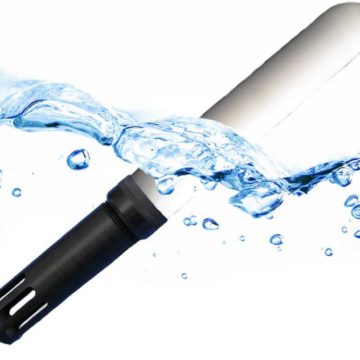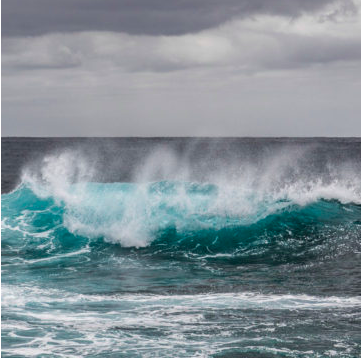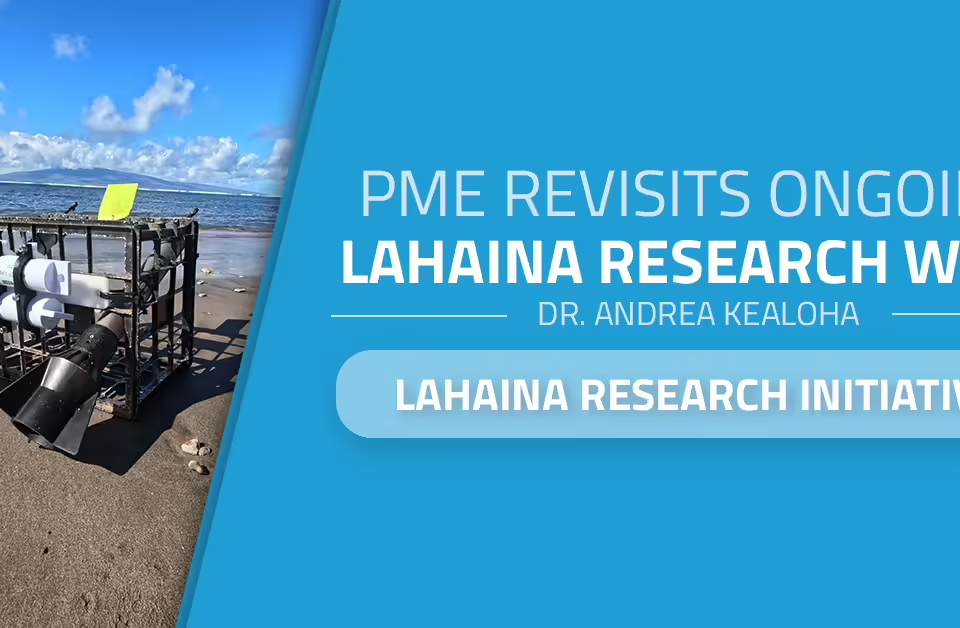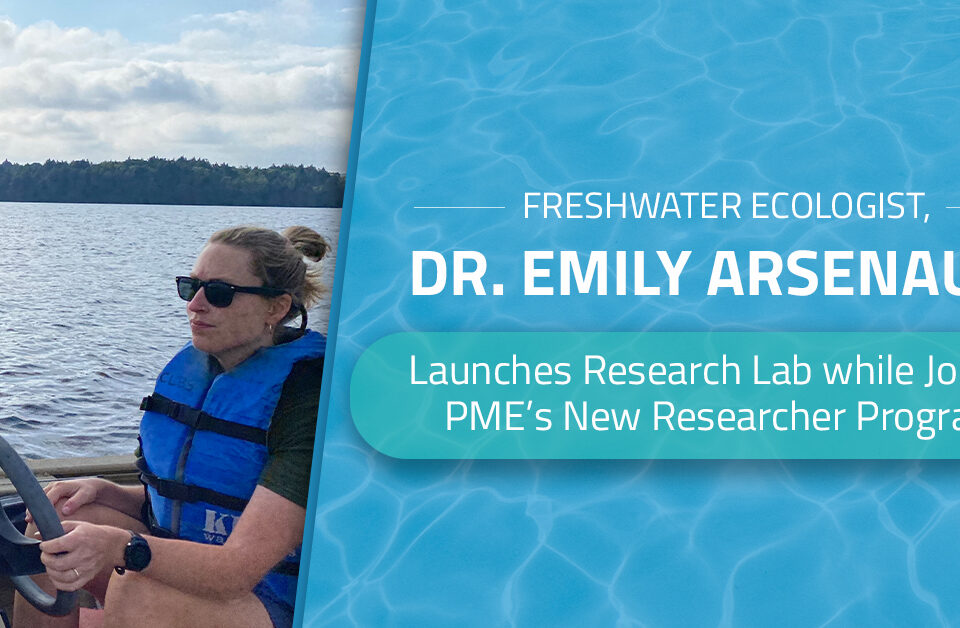
PME Sophisticated Sensors Equip Field Study Funded In-Part by the National Science Foundation
October 6, 2016
ACT Report of miniDOT Logger Released
November 29, 2016
Water can be said to be the essence of life. Indeed, in many indigenous cultures, water is strongly linked to a people’s cultural identity. With the unfortunate news about the amount of lead found in Flint, Michigan’s public water system, perhaps more scrutiny and resources will be designated to improve and monitor this vital resource.
But before you pour water into your glass, let’s consider water in other aspects of our lives – beyond the kitchen sink. From the pond down the street, to picnics near the lake, to beach vacations and cruises, water has played an important role in our own cultural and social lives. But would anyone want to jump in that swimming hole or ride a wave if they knew the water was hazardous to our health? Of course not, and we have relied on environmental agencies (public and private) to ensure our waterways are healthy for drinking and recreation.
Monitoring and maintaining the health and safety of water is critical and environmental and municipal agencies have got their work cut out for them. One culprit they must deal with is blue algae, which can be present in bodies of water, but can quickly grow out of hand if not monitored. An overgrowth of blue green algae can really pose some challenges in keeping water sources safe.
Kansas State University – Milford Lake
Case in point, recently parks and recreation officials at Milford State Park in Kansas turned to Kansas State University researchers to mitigate an overgrowth of blue green algae on Milford Lake, the state’s largest recreational lake. These researchers took the opportunity to address the issue by enlisting student engineering students to devise a solution to a real-life problem. Research like this relies on tools such as the PME Cyclops-7 logger equipped with a blue green algae sensor to monitor the progress of the project. You can read more about this project here.
Cape Cod – Oyster Pond
Moving now to the East coast, Cape Cod faced its own problem with blue green algae. After having mitigated a hazardous algal bloom by dredging Oyster Pond, officials there are working to ensure they maintain their recovery efforts. Again a Cyclops-7 logger equipped with a blue green algae sensor will go a long way in helping monitor and maintain a healthy balance. Read more here.
Finger Lakes – Owasco Lake
Further north, in the Finger Lakes region of upstate New York, Cayuga County residents have been pressuring officials to address toxins found in their drinking water as a result of algae blooms on Owasco Lake. According to a local report just this month, “customers have had trace amounts of microcystin toxin in their water in recent weeks. The U.S. Environmental Protection Agency says that the poison, related to blue-green algae, can cause liver and kidney damage. The amounts detected thus far have not exceeded federal guidelines for safety — and the most recent tests have come back negative for detectable amounts of the toxin. But what happens next summer, when lake begins to warm up again and the algae blooms begin to form?” Find the full article here.
Equipment such as the PME Cyclops-7 logger with blue green algae sensor could help Cayuga County officials monitor for hazardous algae levels on Owasco Lake.
San Pablo Bay – Oil Spills
And on the other coast and to another threat to water. In northern California the U.S. Coast Guard reported a pair of oil spills in San Pablo Bay. Although the cause of the spills could not yet be determined, spills such as these can be detected with remote monitoring and transmission of real-time data by using a T-chain and Cyclops-7 logger with a crude oil sensor from PME. Read more about the spills here.






